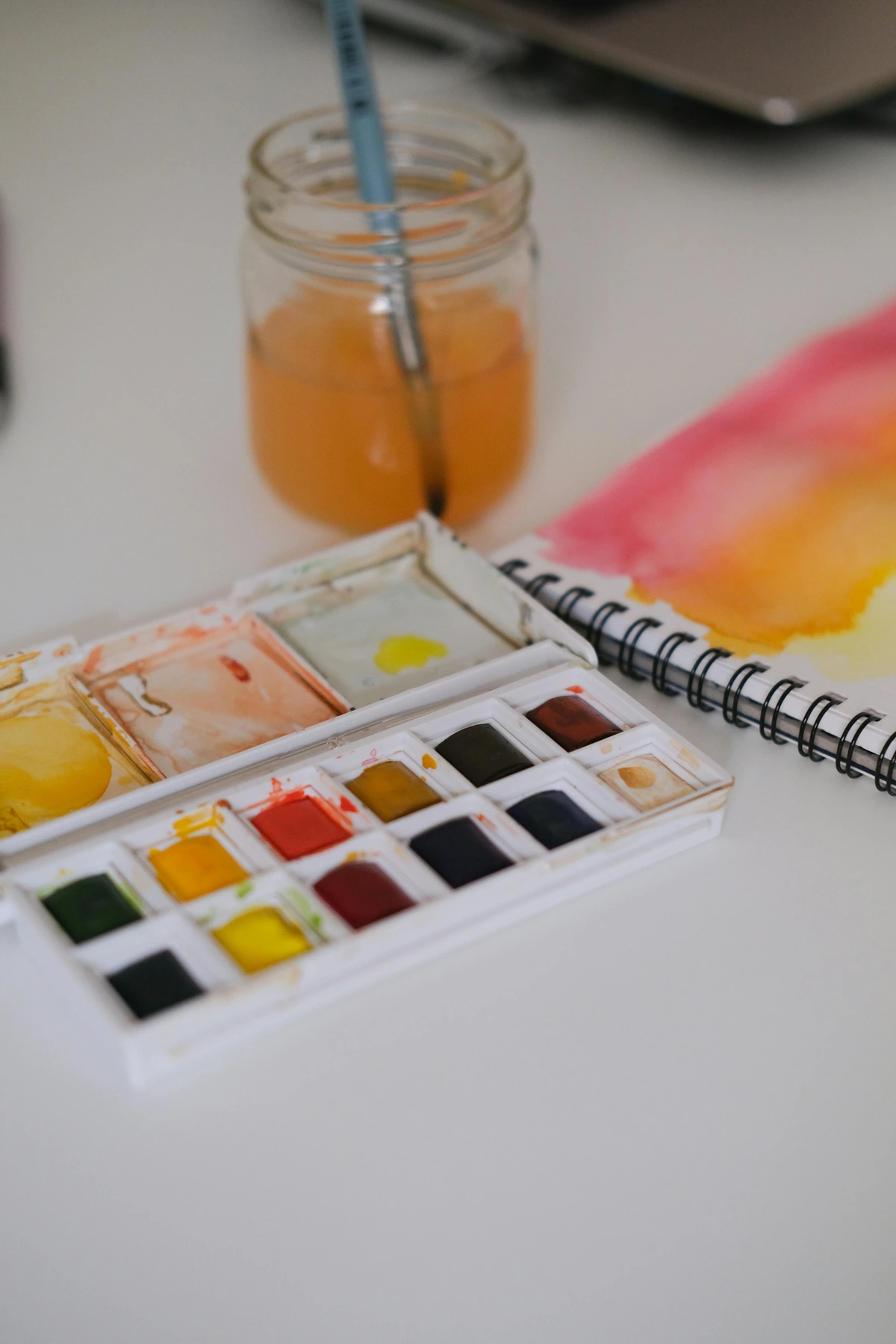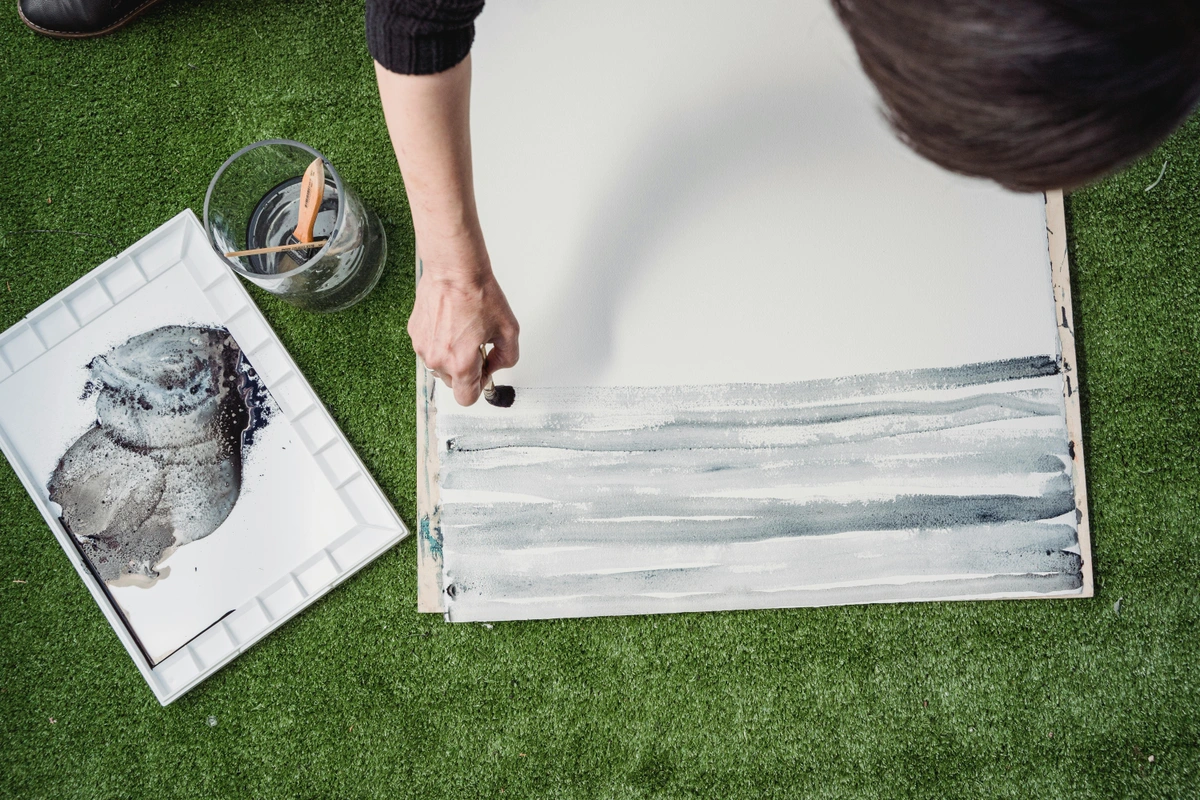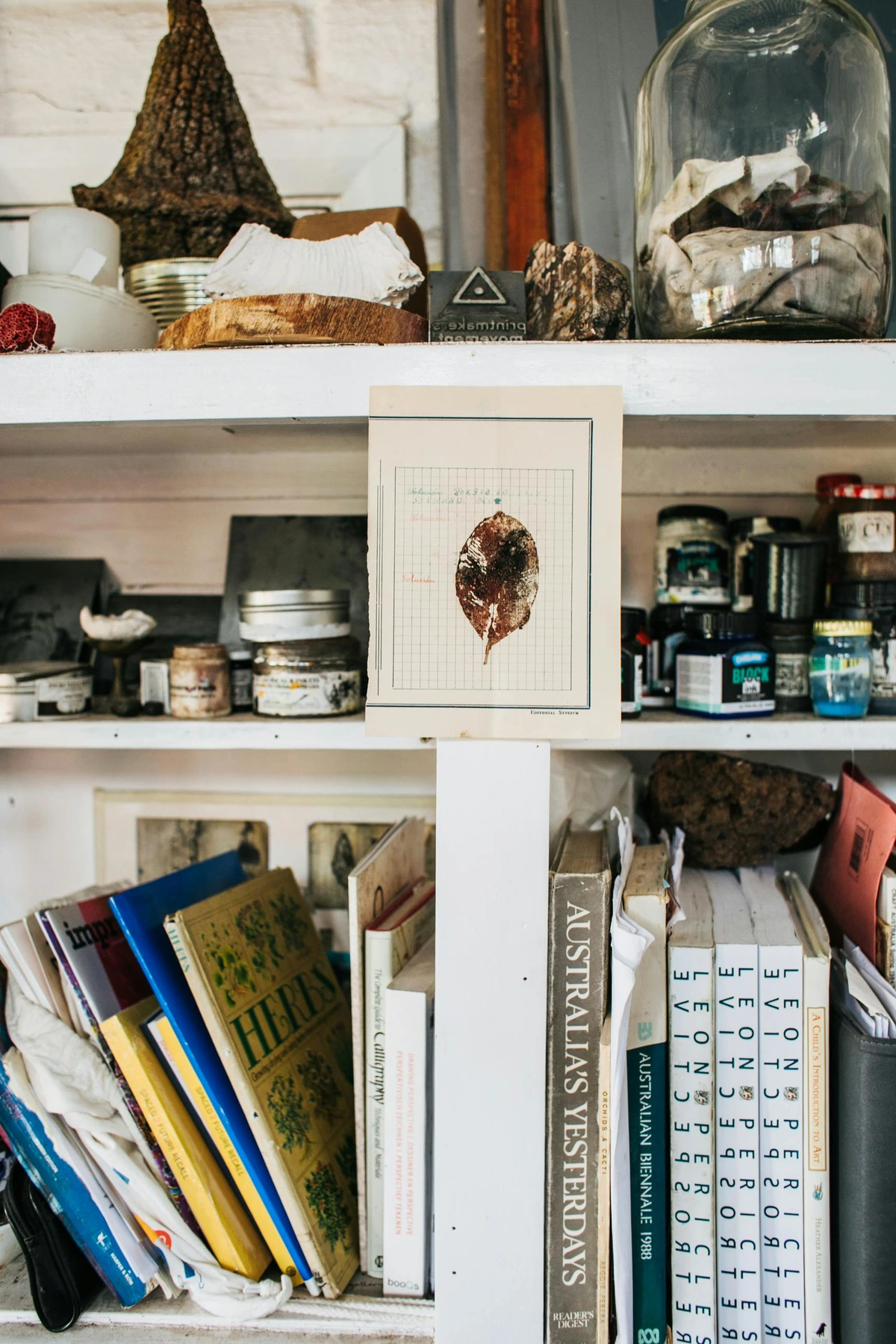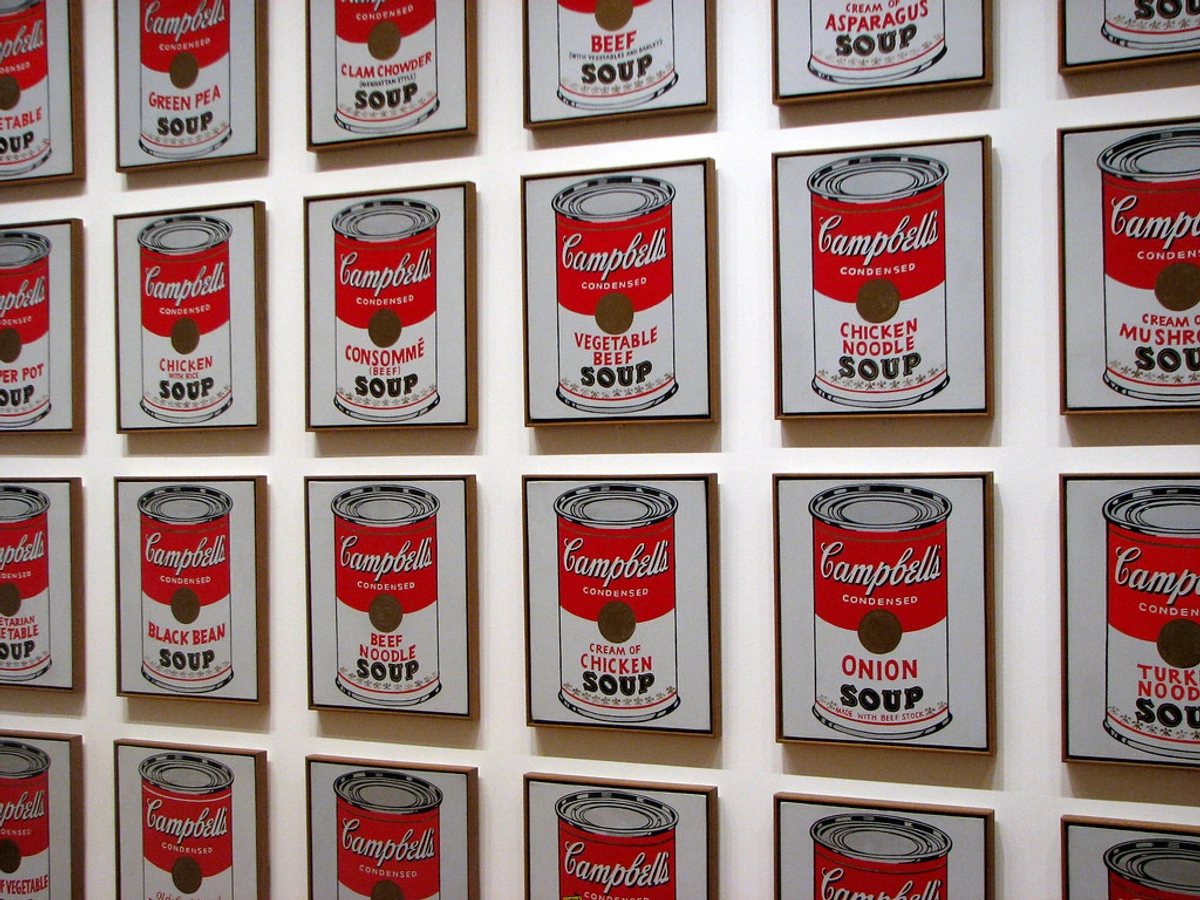
Don't Just Collect, Protect: The Ultimate Collector's Guide to Art Storage and Preservation
Learn the essential techniques for art storage and preservation, from environmental controls to archival packing, to safeguard your cherished collection.
Don't Just Collect, Protect: The Ultimate Collector's Guide to Art Storage and Preservation
I remember the thrill, the absolute buzz of bringing home my first truly meaningful art piece. It was a small print, nothing grand, but to me, it was everything. And then, the immediate, slightly frantic thought hit me: "Okay, it's beautiful, but now what? Where does it go?" It's a universal collector's dilemma, isn't it? The joy of acquisition quickly morphs into the anxiety of preservation. We invest our hearts, our wallets, and a piece of our souls into these objects, and the last thing we want is for them to fade, warp, crack, suffer insect damage, or fall victim to some unforeseen chemical indignity. Honestly, sometimes it feels like a near-constant battle, but it’s a battle worth fighting.
Over the years, I've had my share of learning experiences about the best ways to store art. Some were gentle nudges, others more like that time I accidentally left a vibrant watercolor near a sun-drenched window, only to return months later to a ghostly, faded memory of its former self. A hard lesson, indeed. Or the time I found a small tear in a print because I thought a quick roll in a regular cardboard tube would be 'fine' for a week (it wasn't). Honestly, it’s less about being an expert and more about just caring enough to learn and act. So, let me share some of what I've picked up, the kind of things I wish someone had told me early on, to help you safeguard your own treasures and perhaps avoid some of my painful missteps.
This isn't just about keeping art safe; it's about being a responsible custodian, ensuring the longevity and legacy of the pieces that speak to you. Think of this as your personal, comprehensive guide to art storage and preservation, distilled from years of hands-on (and sometimes head-scratching) experience. We'll cover everything from battling unseen environmental enemies to the nitty-gritty of archival packing, choosing the right storage space, and the crucial steps of documenting and insuring your precious collection.
The Unseen Battle: Environmental Foes in Your Own Home
Look, I'm a realist. Not everyone has a climate-controlled vault in their basement (if you do, I'm jealous, let's be friends). But understanding the enemies of art is half the battle, even if you can only mitigate them, not eliminate them entirely. Think of it as a preemptive strike against the slow march of decay, and the first step in ensuring your art's longevity. And speaking of decay, sometimes you need to call in the big guns. If you ever face serious damage – a nasty tear, significant water damage, or even something suspicious like mold – don't try to be a hero. My first instinct was always to fix it myself (I'm a maker, after all), but trust me, that's almost always a mistake. Contact a professional art conservator immediately. They're the true superheroes of art preservation.
Light: The Fading Thief
This one seems obvious, but it's insidious. Direct sunlight, even indirect UV light, is a menace to pigments, paper, and textiles. I once had a lovely print, a vibrant abstract piece that just popped with color, displayed near a window. Six months later, it was a shadow of its former self. A hard lesson. For art in storage, this means keeping it in dark, enclosed spaces. For anything on display, think about UV-filtering glass or strategically placed curtains. Certain pigments, especially organic dyes, lake pigments, and some historical blues and reds, are particularly vulnerable and can fade dramatically and irreversibly, losing their depth and vibrancy.
Different mediums react differently, of course, and understanding these nuances is key. A robust oil painting might tolerate more light than a delicate watercolor or pastel, which can fade dramatically and irrevocably. Acrylics are generally more lightfast than oils or watercolors, but still vulnerable. Photographs, especially older color prints, are highly susceptible to fading and color shifts. Textiles and tapestries can lose their vibrancy and become brittle with prolonged light exposure. Always err on the side of caution.
Temperature and Humidity: The Silent Destroyers
This is where things get a bit science-y, but it’s crucial. Extreme fluctuations in temperature and humidity are killers. Wood panels expand and contract, canvas warps, paint cracks, paper becomes brittle or, worse, grows mold. I’ve heard horror stories of collections stored in damp basements or sweltering attics – places I’ve also been tempted to use in a pinch. Don't. Just don't. Imagine your favorite print developing a fuzzy green coat of mold, or a cherished wooden sculpture splitting down the middle from thermal shock. These are not exaggerated scenarios.
The ideal range for art storage is generally around 68-72°F (20-22°C) with a relative humidity of 45-55%. Consistency is key, even more so than perfect numbers. If you're serious about your collection, a simple hygrometer/thermometer can be your best friend.
Environmental Factor | Ideal Range | Why it matters |
|---|---|---|
| Temperature | 68-72°F (20-22°C) | Prevents material expansion/contraction, paint cracking, and warping. |
| Relative Humidity | 45-55% | Prevents mold growth, brittleness of paper, and warping of organic materials. |
| Light | Dark, enclosed, UV-filtered | Prevents fading of pigments and degradation of paper and textiles. |

https://live.staticflickr.com/2739/4188216142_f77d710904_b.jpg, https://creativecommons.org/licenses/by-nc-nd/2.0/
Pests and Pollutants: The Creepy Crawlies and Invisible Threats
Ever wonder what those tiny specks or faint smells around your art might be? It could be anything from mice, silverfish, and dust mites – all of whom love paper, glue, and organic materials – to invisible threats like pollutants. Seal your storage areas as best you can. Beyond sealing, consider acid-free barrier paper for shelves, sticky traps (placed away from your art), and even natural deterrents like cedar blocks (though ensure they don't directly touch artworks, as oils can transfer). I once found a tiny pile of what looked like sawdust near a framed drawing – turns out it was powderpost beetles! The horror! Thankfully, it was caught early, but it taught me a valuable lesson about diligence, even in seemingly clean spaces.
For pollutants, think dust, soot from candles or fireplaces, and even volatile organic compounds (VOCs). These can off-gas from new paint, carpets, certain plastics, varnishes, composite wood products (like MDF), or cleaning supplies, causing discoloration or degradation. Formaldehyde, a common VOC, can be released from many household materials, directly contributing to the yellowing and embrittlement of paper. Good air circulation and keeping your storage space impeccably clean are your first lines of defense. Investing in a HEPA air purifier can also significantly reduce airborne particulate matter and help maintain a cleaner atmosphere around your cherished pieces. And speaking of keeping things clean, remember that proper art handling techniques are paramount, even when simply moving a piece from storage to display. Never touch a surface with bare hands if possible, and always support works on paper or delicate frames from underneath.
Packing It Right: More Than Just a Box
Once we understand these unseen enemies, the next crucial step is to build our defenses. This starts with how we pack our treasures – creating a safe, stable micro-environment around each piece. Think of it as a custom-fitted suit of armor for your art, protecting it from both the obvious bumps and the insidious chemical degradation.
Materials Matter: Archival is Your Mantra
Forget regular cardboard, newspaper, or standard plastic. You need archival-quality, acid-free materials. This means acid-free tissue paper, Mylar sleeves, archival boxes, and acid-free mat boards. Why acid-free? Because regular paper products contain lignin and acids that will degrade over time, leaching harmful chemicals onto your art, causing it to yellow, become brittle, and eventually disintegrate. Lignin, a natural component of wood pulp, is particularly prone to self-acidification, accelerating paper decay. When sourcing materials, look for certifications like the PAT (Photographic Activity Test) for photo storage or reputable archival suppliers who specify ISO standards for paper longevity. For wooden elements, look for FSC-certified products, showing a commitment to responsible forestry.
For framed pieces, use breathable covers – Tyvek is excellent – to protect against dust while allowing air circulation. And when it comes to old storage materials, consider proper disposal: many archival papers can be recycled, and careful consideration should be given to any materials that might leach chemicals into landfills.
Paintings: Breathing Room and Protection
Never stack paintings directly against each other. If you must store them unframed, use acid-free glassine paper or tissue between the painted surface and any backing. Ideally, store paintings vertically, in sturdy racks designed to keep them separate and supported. For framed paintings, corner protectors are a must to prevent dings. The key is to protect the frame corners, not to let the protector itself press against or scratch the painted surface or frame finish. Also, ensure the back of the canvas or panel is protected from dust and pests; a breathable backing board can offer an excellent barrier. Unframed canvases are particularly vulnerable to punctures and edge damage, so consider protective panels or even stretching them on temporary frames for long-term storage.
If a painting has existing damage or a delicate surface, or if it's an older piece with fragile paint, it's always wise to consult a professional conservator before attempting to store it yourself. They can offer specialized advice or even prepare the piece for long-term storage.
Prints, Drawings, and Photographs: Flat is Best
For works on paper, flat storage in acid-free portfolios or solander boxes is generally preferred. If you need to roll larger prints, ensure they're rolled around an acid-free tube, image-side out (to minimize cracking of the medium), and then secured gently within the tube with acid-free tissue or custom-fit inserts to prevent shifting. Finally, place the rolled print into a sturdy, acid-free tube or box. Never fold them. And please, don't use rubber bands or paper clips directly on your art – those are recipes for disaster. I've seen the impressions left by a forgotten paper clip, and it's heartbreaking. For photographs, especially older albumen prints, silver gelatin prints, or early color processes, understanding their specific sensitivities to light, humidity, and chemical residue is key. Dye stability varies wildly, and some materials can accelerate degradation if not handled with specialized archival care. Always consult a guide for specific photographic processes if you're unsure. Remember, handling these delicate items with care is crucial to avoid accidental damage.
Sculptures and 3D Objects: Custom Support is Key
This is where things get really specific. Each sculpture demands its own solution. Think custom crates, padded with inert materials like Ethafoam, polyethylene foam, or even acid-free wool felt, ensuring the object is fully supported and can't shift. Crucially, consider the object's weight and center of gravity when designing support systems to prevent accidental tipping. Beyond physical support, think about the materials themselves: metals can corrode if exposed to high humidity, certain woods can be susceptible to insect infestation, and porous stone can absorb pollutants, causing internal degradation. Disassemble if possible and document the process meticulously with photos and notes – trying to reassemble a complex piece years later from memory is a headache you'll want to avoid. For delicate pieces, even vibration can be an enemy, so consider vibration-dampening materials for transport or in earthquake-prone areas. For textiles or tapestries, special padded rollers or flat storage in custom-built drawers, interleaved with archival materials, are often required to prevent creasing and stress.
When it comes to the long-term protection of any artwork, understanding the distinction between active and passive conservation can be helpful. Passive conservation focuses on creating a stable, controlled environment to minimize deterioration (which is what much of this guide focuses on). Active conservation involves direct intervention by conservators to stabilize or repair a piece. Most collectors aim for excellent passive conservation to reduce the need for active intervention.
Before You Store: Condition Reports and Storage Strategies
Proper packing is one piece of the puzzle, but before any art goes into storage, whether for a week or a decade, taking a moment to document its current state is crucial. And then, consider why you're storing it – short-term or long-term needs can be quite different.
The Power of a Condition Report
Think of this as your artwork's health check. Keep a detailed, dated record of its condition, noting any existing scratches, tears, discoloration, or wear. Crucially, take high-resolution photographs – front, back, and any details of concern. Include information about any previous restoration or conservation work done on the piece, as well as original purchase receipts, appraisals, and certificates of authenticity. This establishes a baseline. Should anything happen in storage or transit, you'll have irrefutable evidence of its prior state, which is invaluable for insurance claims or conservation assessments. It's a boring step, I know, one I’ve been tempted to skip more times than I care to admit, but future-you will definitely thank you.
Storage Strategies: Short-Term vs. Long-Term
The urgency and permanence of your storage needs will influence your approach. Always make sure to label storage boxes clearly and consistently, perhaps with a unique identifier that links directly to your digital inventory. This simple step saves immense time and prevents unnecessary handling later.
- Short-Term (e.g., during renovations, temporary display change): You might get away with slightly less rigorous packing or environmental control if the duration is brief and conditions are stable. Think dust covers, acid-free interleaving paper, and a stable indoor room away from direct light and vents. It’s more about immediate protection from common hazards than long-term preservation.
- Long-Term (e.g., extensive collection, heirloom pieces, moving cross-country): This demands the full archival treatment: strict environmental control, robust archival packing, and potentially professional facilities. Don't cut corners here; the long-term integrity and legacy of your art depends on it. This is where you invest in the best materials and meticulous planning.
Where to Keep Your Treasures: Home vs. Professional
Once you’ve got your art properly packed and its condition documented, the next question is where to put it. This is a big one, often dictated by the size of your collection, its value, and your budget.
At Home: The Personal Vault (or Closet)
If you're storing at home, the best place is usually an interior room, away from exterior walls, windows, and any sources of heat or cold (like vents or radiators). Closets in these rooms can work well if they're not prone to temperature swings. Absolutely avoid basements (dampness, flooding risks, pests – imagine a cherished charcoal drawing getting a dose of mildew, or a print becoming a silverfish snack!) and attics (extreme temperature swings, dust, risk of burst pipes in winter). Be mindful too of off-gassing from certain types of wood furniture or shelving nearby; if possible, use metal shelving or ensure wood is sealed with an inert barrier. My own approach is a dedicated, rarely-used guest bedroom closet that I monitor diligently. It’s not perfect, but it’s a controlled environment where I can keep an eye on things, and it beats the panic of realizing something's amiss when you finally unearth it years later.

https://upload.wikimedia.org/wikipedia/commons/3/34/Collections_Storage_Archives_of_American_Art.jpg, https://creativecommons.org/licenses/by-sa/2.0
Professional Art Storage: The Ultimate Peace of Mind
For truly valuable or extensive collections, professional art storage facilities are often the best bet. These places are purpose-built, offering state-of-the-art climate control, robust physical security (motion sensors, surveillance cameras, access control systems), advanced fire suppression, and experienced staff. They're not cheap, but they offer unparalleled peace of mind. If you ever visit a place like my museum in 's-Hertogenbosch, you'll see how meticulously even public collections are stored. This is the gold standard we're striving for, even in miniature at home. For larger or extremely delicate pieces, or when moving an entire collection, never underestimate the value of professional art handlers. They have the specialized equipment, packing materials, and expertise to ensure your art travels safely, preventing countless potential mishaps.
Inventory and Insurance: The Un-fun, But Crucial Bits
With your art safely packed and thoughtfully stored, you might think you're done. But what happens if the unthinkable occurs? Or if you just need to remember everything about a piece years down the line? The final, often overlooked, but absolutely critical steps involve documenting and insuring your collection.
Digital Inventory: Your Collection's Biography
Keep a detailed digital inventory of every piece. Include photos (front, back, and details), dimensions, artist, title, date, medium, acquisition date, acquisition source, purchase price, current estimated value, and comprehensive condition reports. Go a step further by including provenance (the history of ownership). Why does provenance matter so much beyond just insurance? It establishes authenticity, enhances market value, provides crucial historical context, and connects your piece to a broader cultural narrative. Any exhibition history, and details of past conservation treatments are also vital. This isn't just for insurance; it's a living history of your collection, useful for lending, displaying, or just appreciating what you have. I use a simple spreadsheet, but there are dedicated art collection management apps out there too. The more information, the better – trust me, those details become surprisingly hazy over time.
Insurance: Protecting Your Investment
Your homeowner's policy might cover some art, but often with significant limitations. A separate fine art insurance policy is almost always recommended for serious collectors. It typically covers things like accidental damage, theft, and natural disasters, often with an agreed-upon value, meaning you're paid out what the piece is worth rather than just its purchase price. Don't skimp on this; it's the ultimate safety net for your passion.
Ethical Considerations in Art Storage
Beyond the practicalities of storage, a thoughtful collector also considers the ethical dimensions of art ownership. I've personally found that as my understanding of art preservation deepens, so too does my awareness of the broader impact of my choices. It’s about being a conscious custodian of both the art and the environment. And, if you're like me, you also wonder about the delicate balance between showing off your treasures and keeping them safe. Do you display a fragile piece knowing it will slowly degrade, or keep it hidden in perfect darkness? That's a conversation for another time, but it's worth pondering.
Provenance of Materials & Environmental Impact
Just as you might care about the provenance of the artwork itself, consider the origins and lifecycle of your storage materials. Opt for sustainably sourced, recycled, or environmentally friendly archival materials where available. For instance, some companies now offer archival boxes made from recycled content, often with FSC certification for wood-based products. This small step reflects a broader commitment to ethical collecting and reduces the demand for virgin resources.
Furthermore, are your storage choices energy-intensive? Can you optimize your home storage to reduce energy consumption from climate control (e.g., better insulation, strategic placement)? For professional facilities, inquire about their sustainability practices, such as energy-efficient climate control systems or renewable energy sources. Considering the full lifecycle of the art materials themselves – from how pigments are sourced to the environmental impact of binders – can be another layer of ethical engagement, even if it's not directly about storage. Every decision, from the materials you choose to the energy footprint of your storage space, has an impact, and seeking out greener options is a quiet but powerful act of stewardship.
My Personal Takeaways / Final Thoughts
Collecting art, whether it's one piece that speaks to your soul or a whole gallery of wonders, is a profound experience. It connects us to creativity, history, and often, to ourselves. Protecting that connection is part of the journey. It's not about being obsessive, but about being respectful of the art itself and the legacy it carries. It's about being a responsible custodian. And trust me, a little effort now saves a lot of heartache later. My own journey as an artist has only deepened my appreciation for the meticulous care that goes into preserving these fragile whispers of human expression, ensuring my own work has a chance to tell its story for generations. It’s a quiet act of respect, truly.
To summarize, remember these key steps:
- Understand the Enemies: Light, temperature, humidity, pests, pollutants.
- Handle with Care: Always use proper art handling techniques.
- Pack Smart: Use archival, acid-free materials; custom support for 3D objects, mindful of active vs. passive conservation.
- Document Everything: Condition reports and a comprehensive digital inventory are your best friends, including acquisition details and provenance, appraisals, and receipts.
- Choose Wisely: Home storage carefully, or professional for peace of mind and enhanced security.
- Insure: Protect your investment with a specialized fine art policy.
If you're thinking about starting your own collection, perhaps looking for something to hang in that perfect, climate-controlled spot, feel free to browse my latest pieces. Or, if you're curious about the journey behind the art, my artist's timeline might offer some interesting insights into how a piece comes to be. May your collection be vibrant and safe for generations!
Frequently Asked Questions About Art Storage
Q: What's the ideal temperature and humidity for storing art? A: Generally, a stable temperature between 68-72°F (20-22°C) and a relative humidity of 45-55% is considered ideal. Consistency is more important than hitting exact numbers.
Q: Can I store art in my basement or attic? A: Honestly, I strongly advise against it. Basements are prone to dampness, flooding, and pests, while attics experience extreme temperature fluctuations. Both environments are detrimental to art preservation.
Q: How often should I inspect my stored art? A: I recommend a thorough inspection at least once or twice a year. Check for signs of pests, mold, fading, or any physical damage. Early detection can prevent significant issues.
Q: What does "archival quality" mean for storage materials? A: "Archival quality" refers to materials that are acid-free, lignin-free, and chemically stable. They won't degrade over time or leach harmful substances onto your artwork, ensuring long-term preservation.
Q: What should I do if my art suffers water or fire damage? A: The most critical step is to contact a professional art conservator or restoration specialist immediately. Do not attempt to clean or repair the damage yourself, as this can often worsen the problem. Document the damage thoroughly with photographs before any action is taken.
Q: What should I do if my art shows signs of pest infestation or pollutant damage? A: Honestly, my first advice is always to call a professional art conservator specializing in that medium. Early detection is crucial, but attempting to clean or treat the damage yourself can often cause irreversible harm. Document the damage thoroughly with photographs before any action is taken, and keep the affected piece isolated if possible to prevent spread.



















